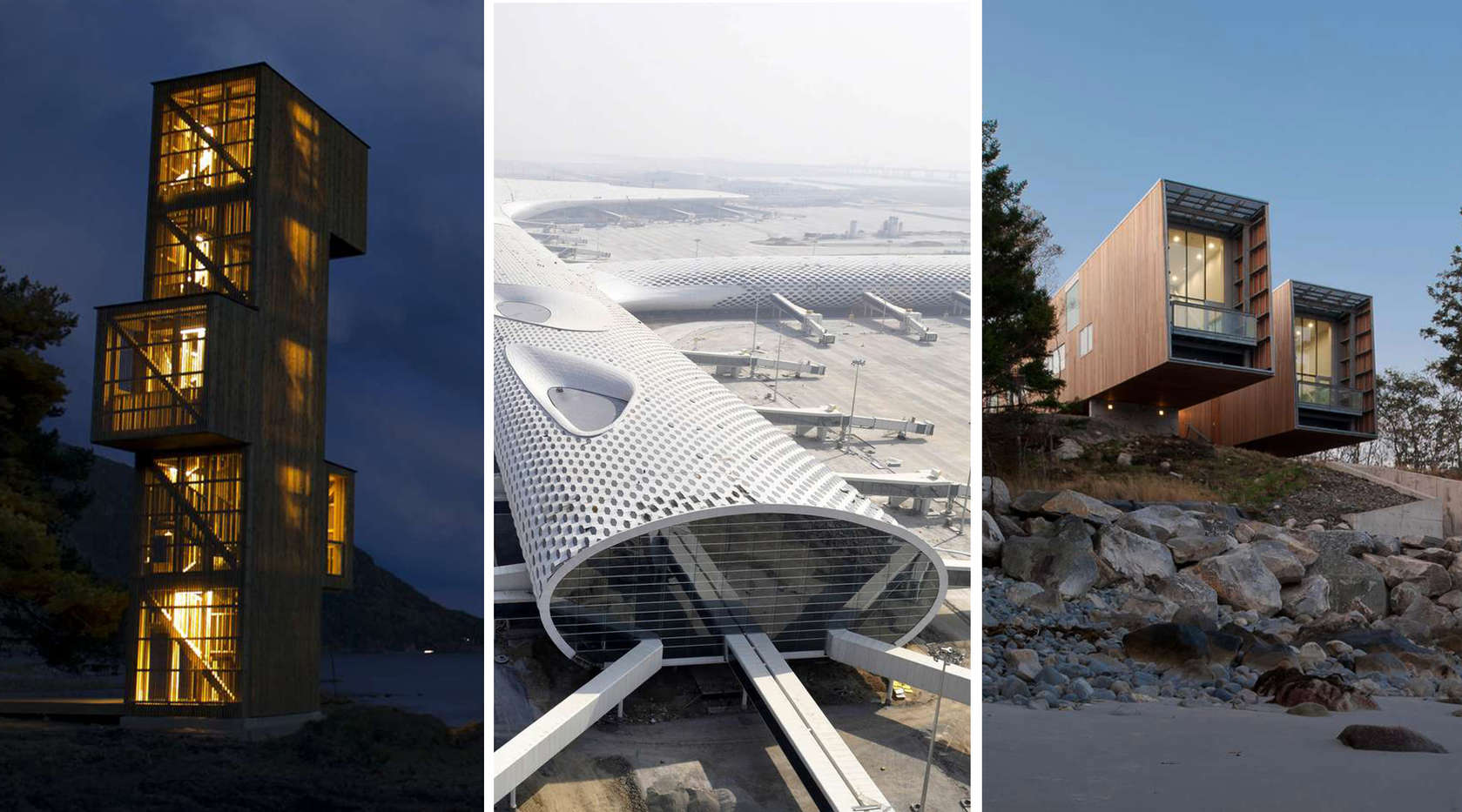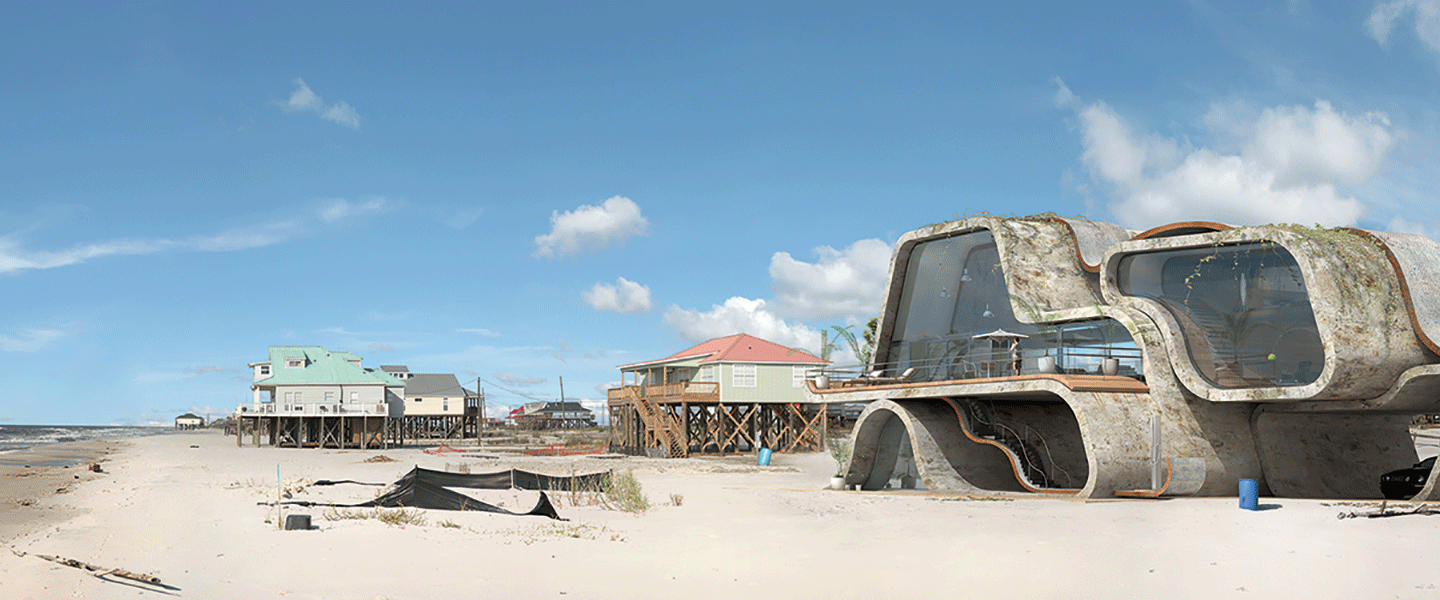Jeanne Gang: woman of the year
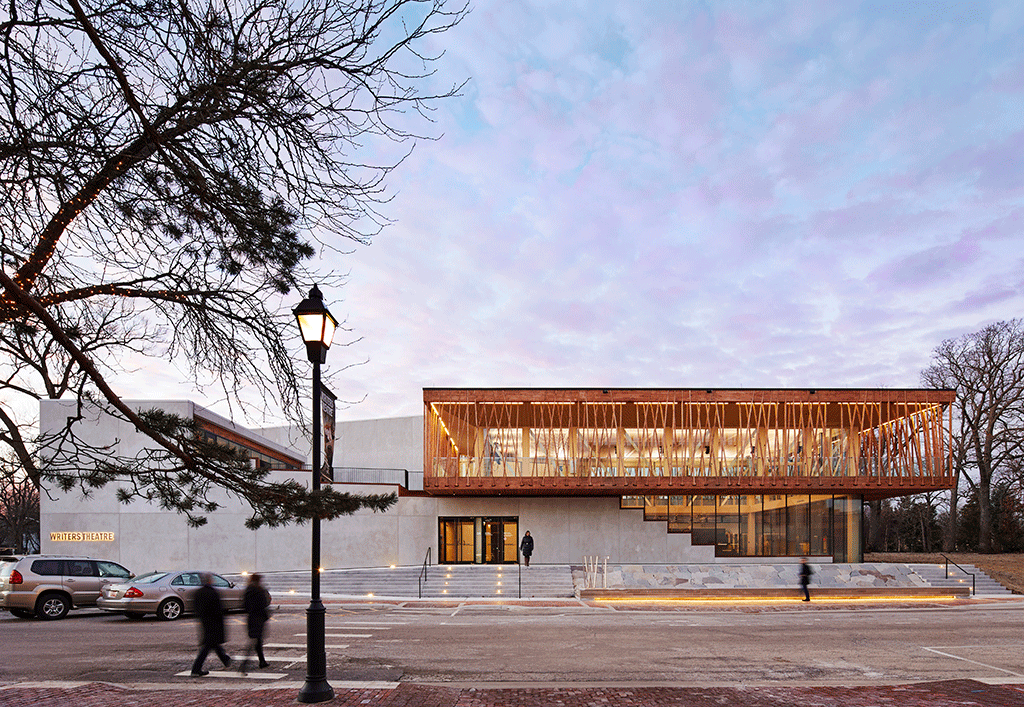
2016 has been a fulfilling year for American architect Jeanne Gang. In March, she was awarded with the Women in Architecture Award 2016 for her Arcus Center for Social Justice Leadership in Kalamazoo (Michigan, US) and, in February, Studio Gang completed the Writers Theatre in Chicago. More recently, in March, the studio has been chosen to design the new United States embassy in Brasilia. Best known for the Aqua Tower (Chicago, 2010), Studio Gang was founded in 1997 and is now based in Chicago and New York. Jeanne Gang speaks to AA about the studio’s latest projects, its collaborative approach and the Women in Architecture Award.
Studio Gang has completed many cultural facilites, among which the Bengt Sjostrom Starlight Theatre in Rockford, Illinois (2003) and the new Writers Theatre in Glencoe (2016). What is the most important stake in designing and realizing these cultural buildings?
One of our strengths as a Studio is using the power of architecture to help cultural organizations do what they do best and to help them reach the next level. These two theaters share certain qualities: their architecture serves as an instrument that enables people to engage with the performance, with each other, and with their environment in a meaningful way. With both projects, we focused first on tailoring the stages and back-of-house spaces for the specific needs of the organization and then began exploring ways to enhance the experience of the audience. In each design, we extended the entire experience beyond the theater walls, considering the different needs of arrival and intermission, as well as pre- and post-show happenings, performances, and events.
At Writers Theatre, there was a desire to extend the space of the play beyond the typical constraints of the stage. To do this we made use of the intimacy of interstitial spaces like the aisles, rehearsal spaces, and lobby. The transparency of the lobby allows the building to glow softly like a lantern, making performance in its many dimensions visible to all. And in warm weather the lobby can literally open up to the community through large sliding glass panels, offering direct connections to the parks and downtown Glencoe.
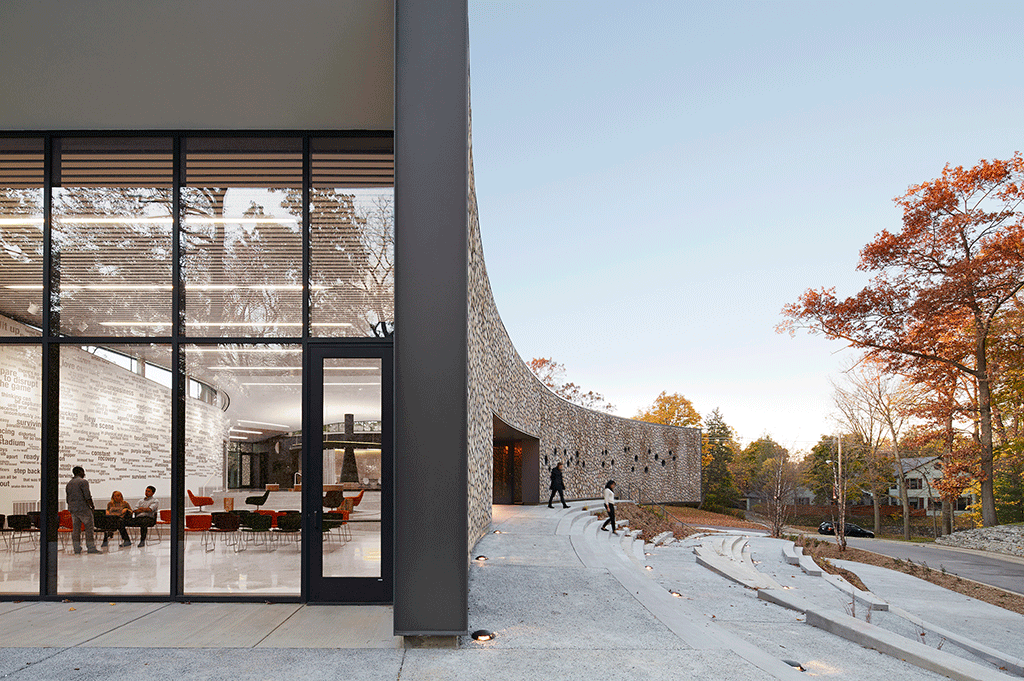
The Arcus Center for Social Justice Leadership, Kalamazoo, Michigan, US
Concerning this theatre, you have worked with Michael Halberstam, co-founder and current artistic Director of this institution. Could you tell us more about this collaboration, in regards to the project’s design?
We worked very closely and collaboratively with Michael, his team at Writers, and their extended team of artists, performers, and technical experts throughout each phase of the design. This collaborative approach is our preferred method of working at Studio Gang, in order to bring the best ideas forward in the design. Since its founding, Writers has fostered a deep sense of intimacy between the audience and the performers. The challenge was to ensure this intimacy in a new larger purpose-built theater space. For the 250-seat thrust stage, the heart of the facility, we arrived at the final design through research, analysis, iterative modeling, and mock-ups at various scales. Collaboration at every step of the design was essential to achieving the desired acoustics, lighting, and aesthetics. A spirit of co-creation characterized the entire process.
What could you tell us about your influences for the Writers Theatre in Glencoe?
I wanted the architecture to complement the scale and texture of its surrounding community without replicating it. The building’s material palette of plaster and wood is also found in the surrounding homes and small-scale commercial structures, but we used these materials in entirely new ways. We used the context as a prompt to experiment with their use. Whether it’s a big discovery or a small one, I enjoy the process of pushing beyond what has been done in the past.
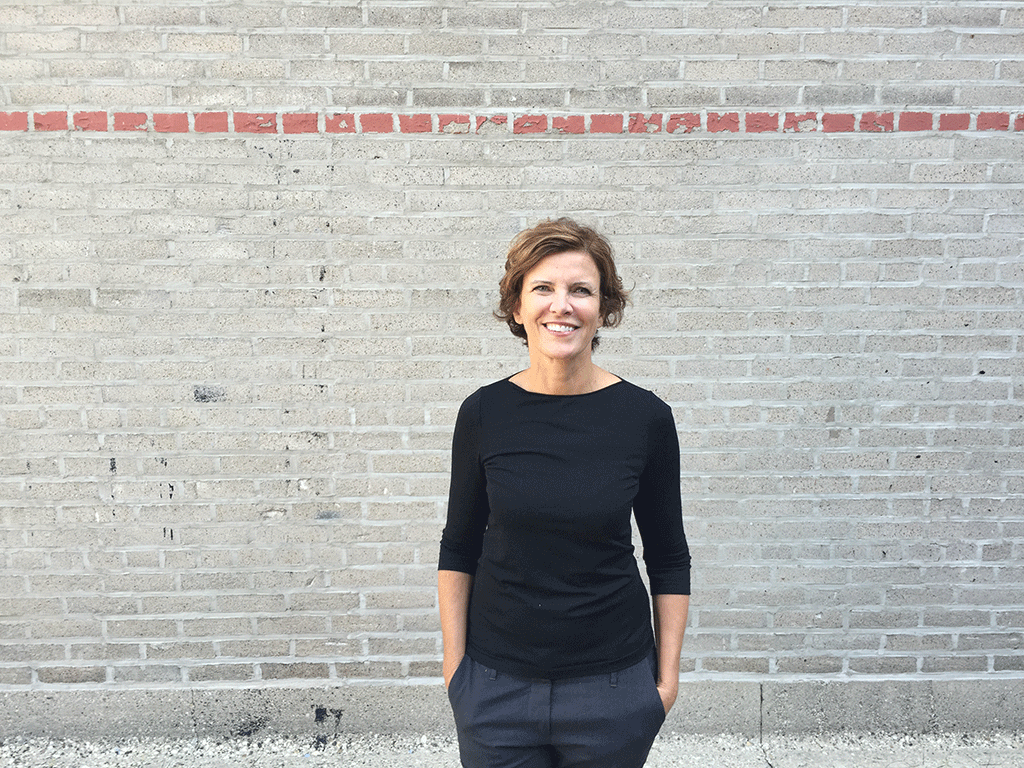
In March, you won the Women in Architecture Award 2016. Is such an award important to you?
I feel honored and humbled. The basis of the award is a project I’m very proud of, the Arcus Center for Social Justice Leadership. I could leave it at that, but at the same time, I’ve received comments from friends and colleagues that allude to (more or less directly) the awkwardness of having a specific “woman architect” award. Indeed, separating awards by gender shouldn’t be necessary. “It’s not track and field”—as comedian Chris Rock quipped at the 2016 Oscars about the illogical separation of “best actor” awards by gender. But I appreciate that the Architectural Review is addressing inequities of opportunity through this award. The founder of the awards and editor of AR, Christine Murray, speaks of raising the profile of women in architecture around the world and inspiring change in a united voice with a global call for respect, diversity and equality. She envisions a day in the future when gendered awards are no longer relevant.
—
Interview by Anastasia de Villepin

